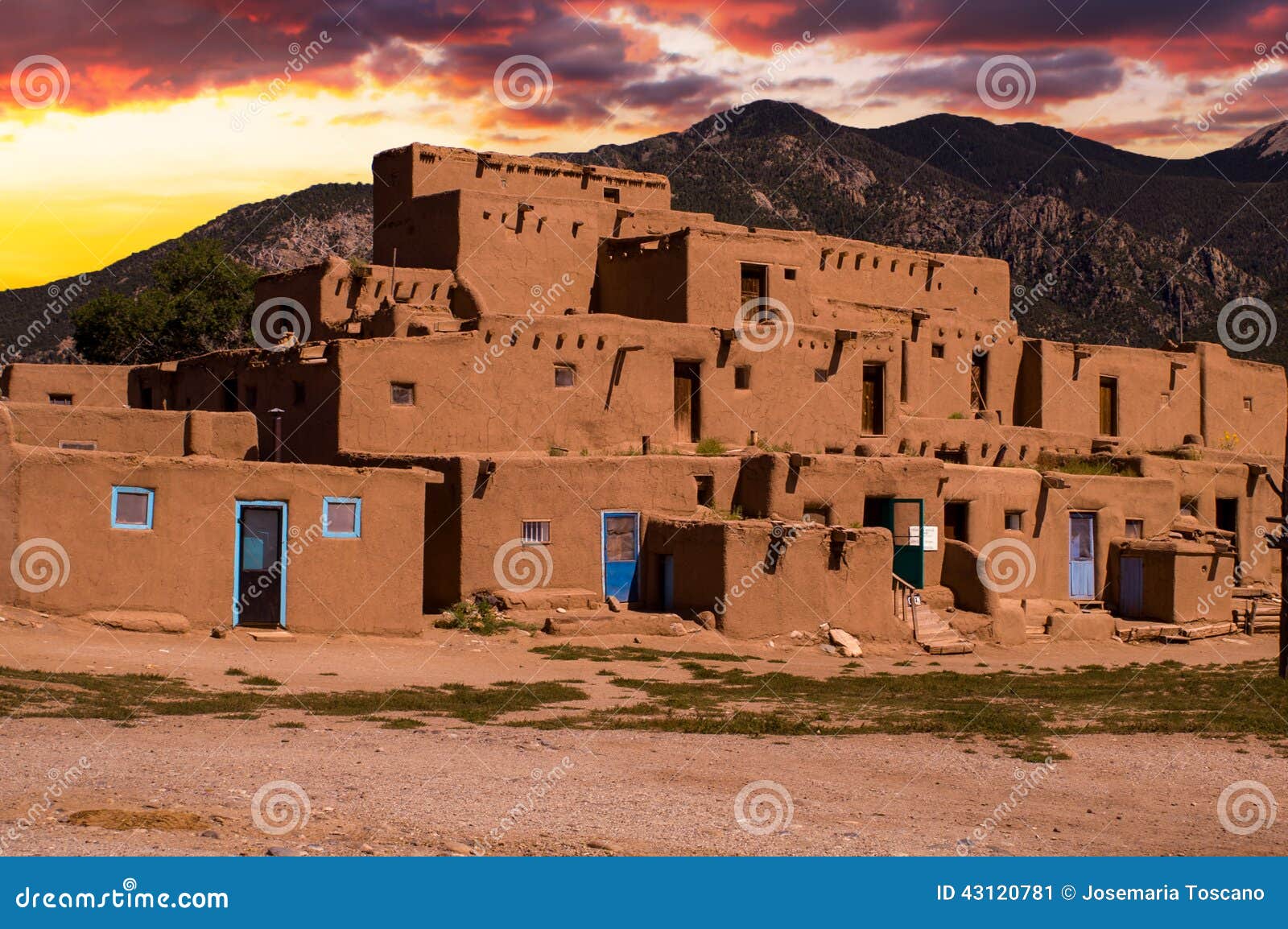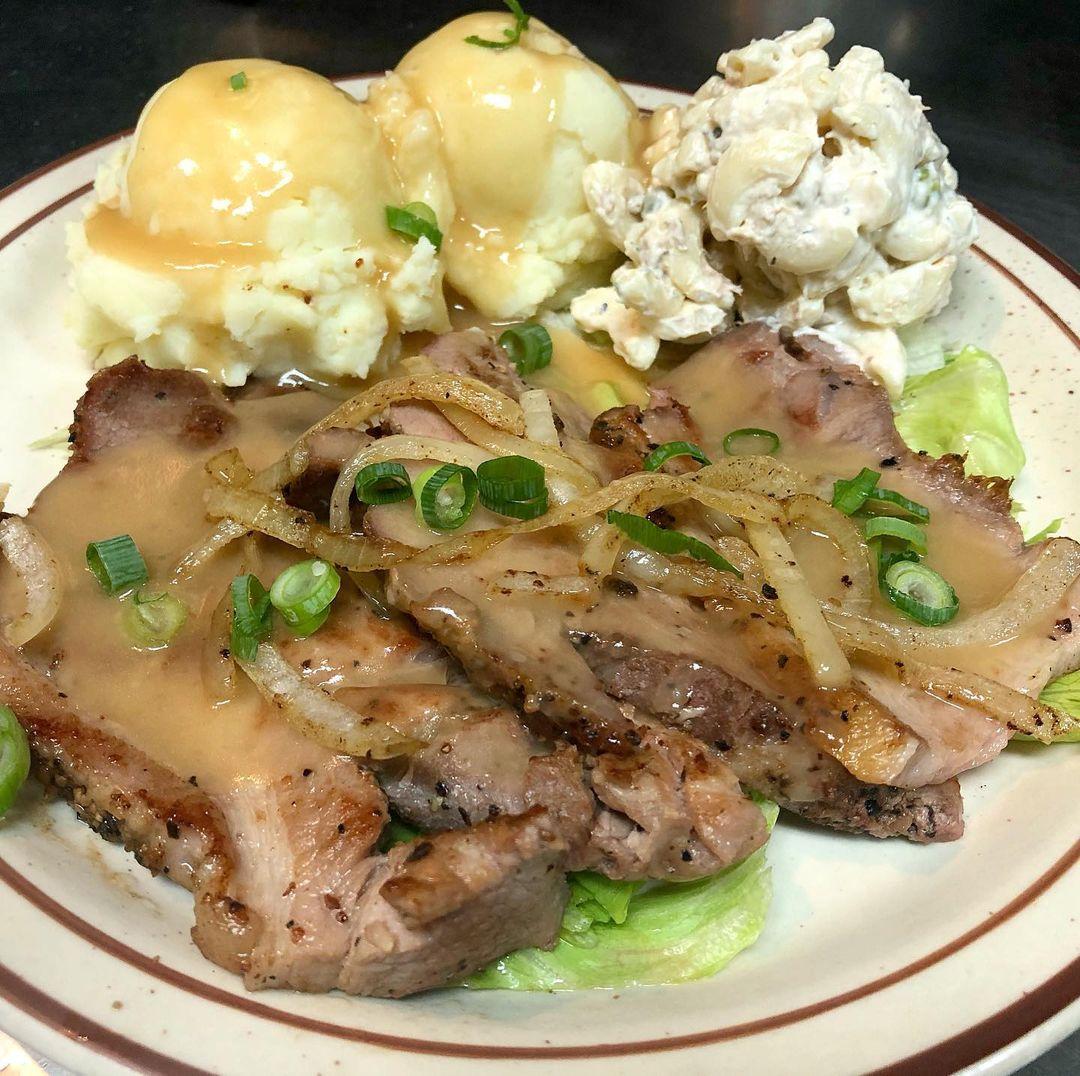Table Of Content

While pueblos were sparsely furnished, the interiors of the walls had ledges and cupboards carved into them. The ends of roof beams in pueblos often jutted out beyond the walls, making them useful for drying laundry or foodstuffs. On the inside, adobe homes are just as functional, with concrete or tile floors to maintain a cool temperature in the hot climate.
How is the Pueblo real estate market doing in 2024? Find out here - Pueblo Chieftain
How is the Pueblo real estate market doing in 2024? Find out here.
Posted: Sun, 17 Mar 2024 07:00:00 GMT [source]
Life
Bill to expand county commissioners dies in Colorado House - Pueblo Chieftain
Bill to expand county commissioners dies in Colorado House.
Posted: Fri, 08 Mar 2024 08:00:00 GMT [source]
New residents should be ready for the semi-arid climate, which means preparing for hot summers and cold winters. The community in Pueblo is welcoming, with a slower pace of life that many people appreciate. Affordable living costs make it an attractive option for families and individuals alike. However, new arrivals should also be aware of the economic transition underway, as the city works to attract new industries and jobs. While it used to rely heavily on steel production, it now includes healthcare, education, and agriculture. Manufacturing still plays a role, but there's also a push towards diversifying into new areas like renewable energy.
Colorado
Ground-floor rooms had (and in some cases continue to have) no ground-level doors; used almost exclusively for storage, primarily of grain, they were traditionally entered through rooftop openings. Most rooms above the ground floor can be entered by doorways from adjoining rooms. The Los Angeles Plaza Historic District encompasses approximately 9.5 acres in downtown Los Angeles. The district includes 22 contributing and 8 non-contributing resources, which date from the early 19th century through the early 20th century. Centered on an open plaza, it is roughly bounded by Cesar Chavez Avenue (north), North Los Angeles Street and North Alameda Streets (east), Arcadia Street (south), and North Spring Street (west). The district represents a rare, intact, and diverse group of historic/cultural resources that exemplify the founding and early growth of the city.
History of Pueblo Native Americans
By then the Plaza area and Los Angeles Street had become the heart of the City's original Chinatown. Over the next sixty years, the Plaza Firehouse was partitioned and used variously as a saloon, cheap boarding house, cigar store, poolroom, and allegedly, a house of ill repute. In 1953, the State of California joined with the City and County of Los Angeles to create El Pueblo de Los Angeles Historic Monument, of which the Plaza Firehouse was to be a part. The State purchased the building in 1954 and began the process of restoring the structure and installing firefighting equipment and memorabilia. The first occupants of the firehouse were called the Volunteer 38s, after the number of men in Engine Company No. 1. In later incarnations, the building was used as a saloon, cigar store, poolroom, "seedy hotel," Chinese market, "flop house" and drugstore.
Wooden slats called latillas are placed in a crosswise layer above the vigas, and together these components form the foundation for the floor or terrace above and transfer the weight to the outer load-bearing walls. In the arid climate of the Pueblo landscape, transporting trees over long distances is quite laborious, and the archaeological record reveals evidence of viga re-use as well. Open-air plazas and terraces are significant architectural components in Pueblo villages. Until relatively recently, houses at the Southern Tiwa Pueblo of Isleta in New Mexico were replastered every year using a mixture that contained mica from a culturally significant site in the southwestern United States.

At first, adobe-style homes were round, but over time, indigenous people built rectangular adobe homes. According to Theodore Jojola, PhD, a professor at the University of New Mexico, adobe-style houses are a type of earthen architecture originally created by the indigenous Pueblo. While architecture made from earth, water, and other materials is represented all over the world, Jojola says adobe-style homes originated in the river basins of the American southwest. In North America, the Pueblo people carry on their traditions, religious beliefs, and unique Pueblo villages — structures modeled after cliff dwellings. Traditional Pueblo architecture included limestone or adobe bricks (bricks made from clay and water) to construct "multistoried, permanent, attached homes."
Though hunters, the Pueblo also believed that the universe and nature — rivers, plants, animals — had souls or spirits. In particular, the Pueblo people worshipped "the mountain lion, hummingbird, bluebird, gopher, and the boulder goose." Butterflies and reptiles were also significant symbols within Pueblo culture. While Pueblo Native Americans make up a small percentage of living American Indians today, there are 574 federal and state-recognized tribes in America. It can be challenging to recognize and appreciate the significant differences between each unique tribe. Use the links below to learn more about some of the cliff dwellings in Mesa Verde National Park. For site locations, go to park maps, or click on the specific map located on each page below.
Similarly, the materials found at a particular place in the landscape could be understood to have transformative or otherwise powerful qualities. Incorporation of these materials into Pueblo architectural forms imbues structures with their particular powers. The Plaza Firehouse was the first building to be constructed by the City of Los Angeles for housing fire fighting equipment and personnel. The City Council hired architect William Boring to design a structure which was built by Dennis Hennessy.
Contemporary cultures
After Encarnación Avila died in 1855, the home passed to her two daughters, Luisa and Francisca and their husbands, Manuel Garfias and Theodore Rimpau. Francisca and Theodore Rimpau and their nine children continued to live in the adobe from 1855 to 1868 until they moved to Anaheim, California where Theodore served as the first mayor. From 1868 to the early 1920s, the adobe was rented and used as a restaurant, rooming house, or was frequently vacant. The condition of the building deteriorated and was finally condemned in 1926 by the City Health Department, which caught the attention of Christine Sterling, who began a public campaign to save the adobe.
For example, rooftop entrances to kivas reinforce Pueblo cosmological ideas (or a knowledge system that explains the origin, development, and structure of the universe) about emergence and return. During special ceremonial performances, audience members can watch performances unfold from the terraces above rooms where kivas are located, yet performers may also emerge from upper-level terraces onto the plaza below. Similarly, the dances that are performed in the village plazas may reference movement and migration across the ancestral landscape. Pueblo architecture, traditional architecture of the Pueblo Indians of the southwestern United States.
Characteristics of Pueblo architecture include large multi-level buildings, numerous contiguous rooms (rooms that touch one another or share a boundary wall), terraced design, and open-air plazas. Traditional Pueblo architectural design did not include doors, and in traditional buildings, each level was accessible by exterior and interior rooftop ladders. Contemporary Pueblo villages incorporate modern architectural elements and infrastructure (such as electricity, plumbing, glass windows, and exterior doors).
The nomination was subsequently amended in 1981 to include five additional contributing resources and to provide additional information on two buildings listed in the original nomination. Whether you are looking to move to Pueblo, planning a visit or want to find out more about the community, these quick links will get you started with additional information and contacts to prepare you for your journey! It was built in 1889, four years before John Thatcher began living at Rosemount across 15th Street from Beaumont. One of Dundee Place's model homes was built by architect Patrick P. Mills and sold to businessman J.L. Features of the house include an octagon-shaped front tower, multiple gables, and Venetian-tiled fireplaces.
Eighty years after its creation, America Tropical was re-unveiled to the world and is once again accessible to the public. Today, visitors to El Pueblo can learn more about the history and controversy surrounding America Tropical at the America Tropical Interpretive Center, located on the World Famous Olvera Street. As Olvera Street was transformed into a Mexican Market place in 1930, it was necessary to provide public access to the building from Olvera Street and staircases had to be constructed to the ground floor of the Hammel Building. Small basements were excavated during the 1940s to provide additional shops for Olvera Street merchants.

No comments:
Post a Comment